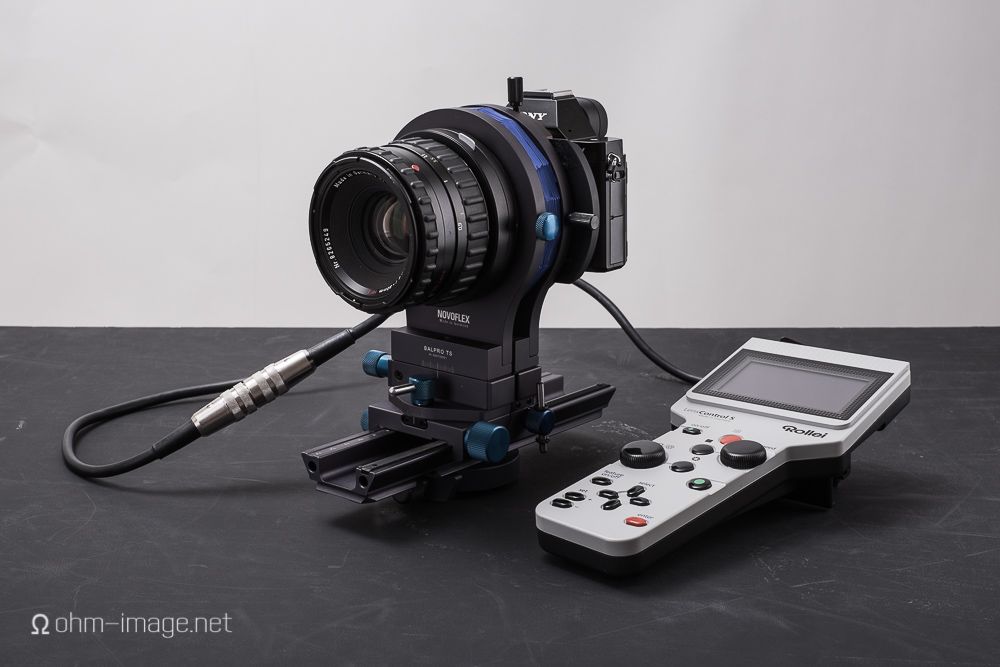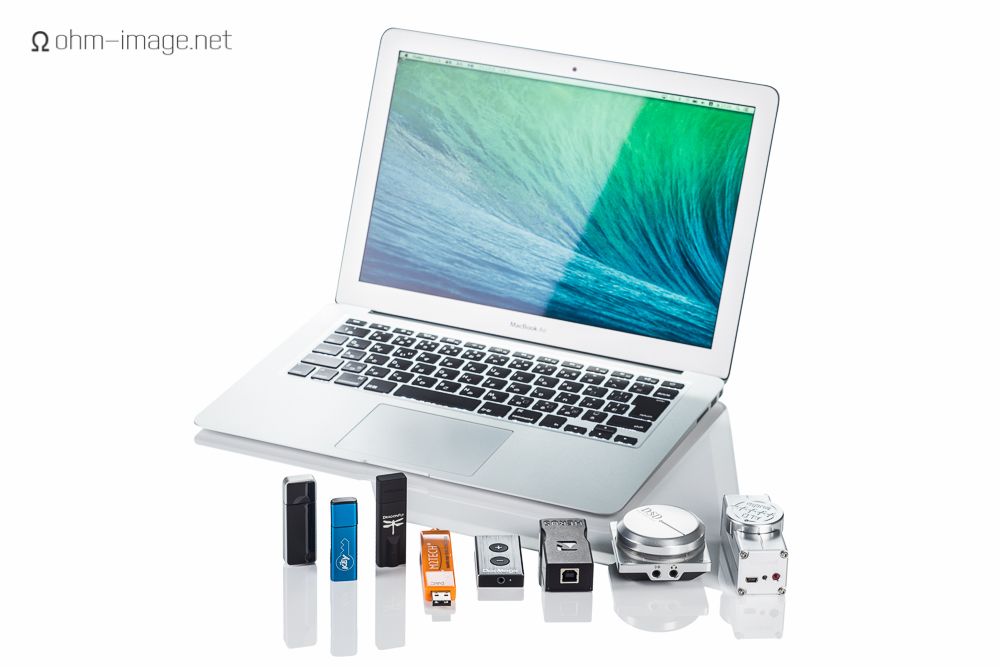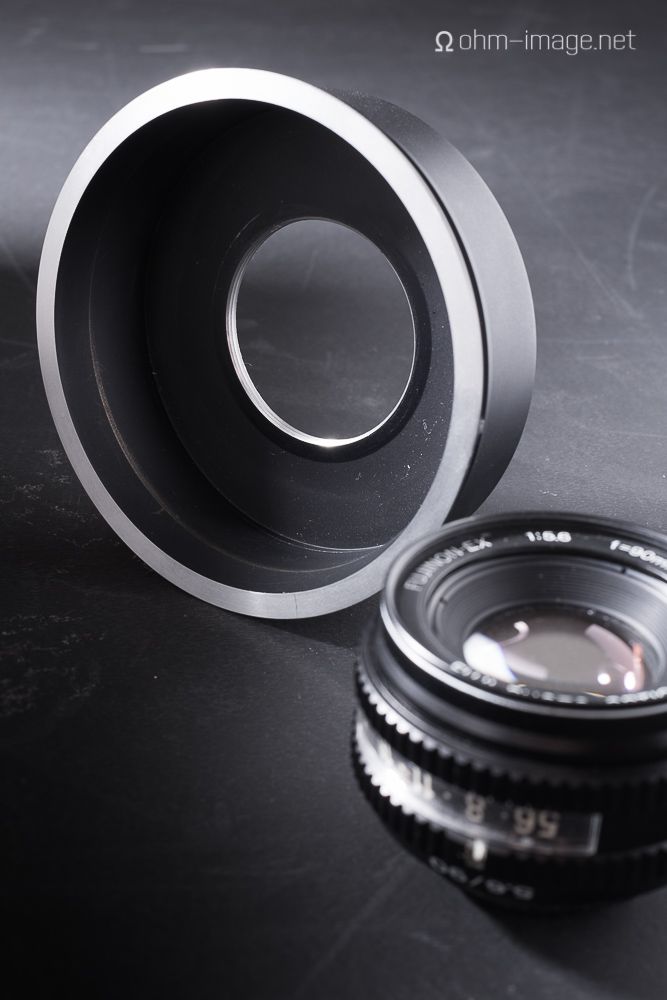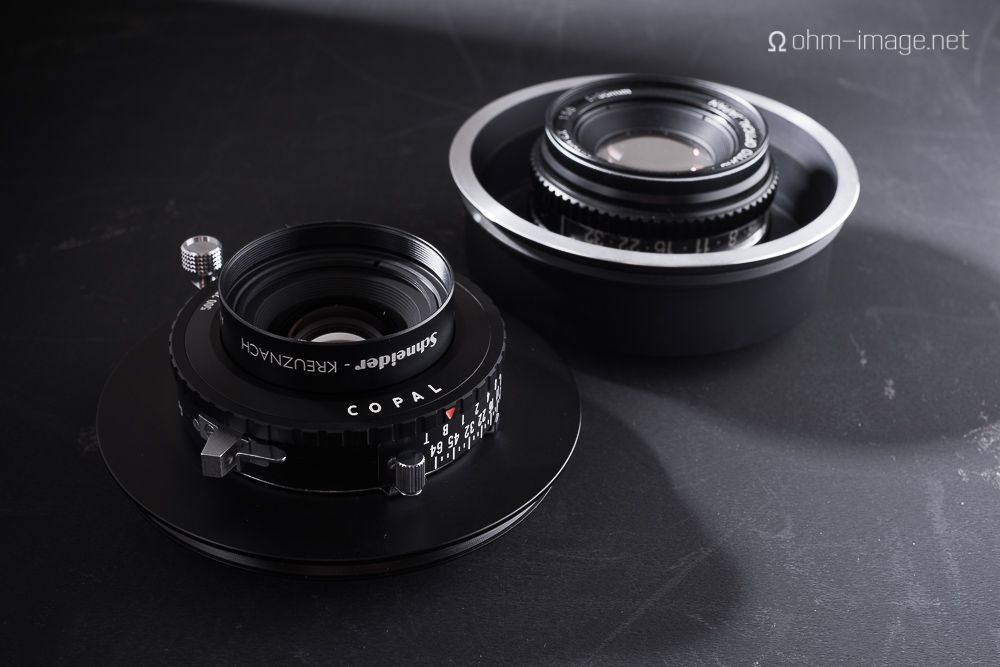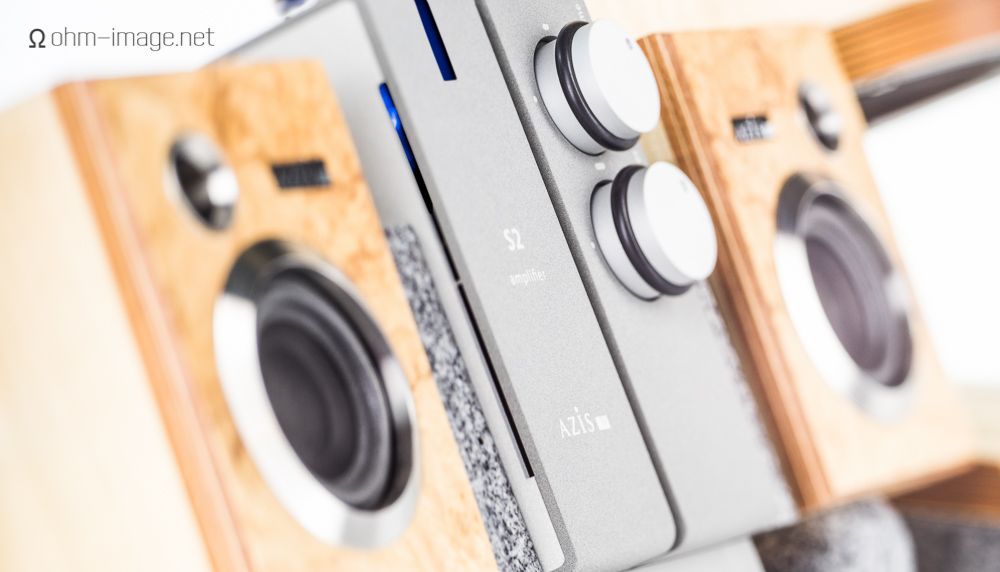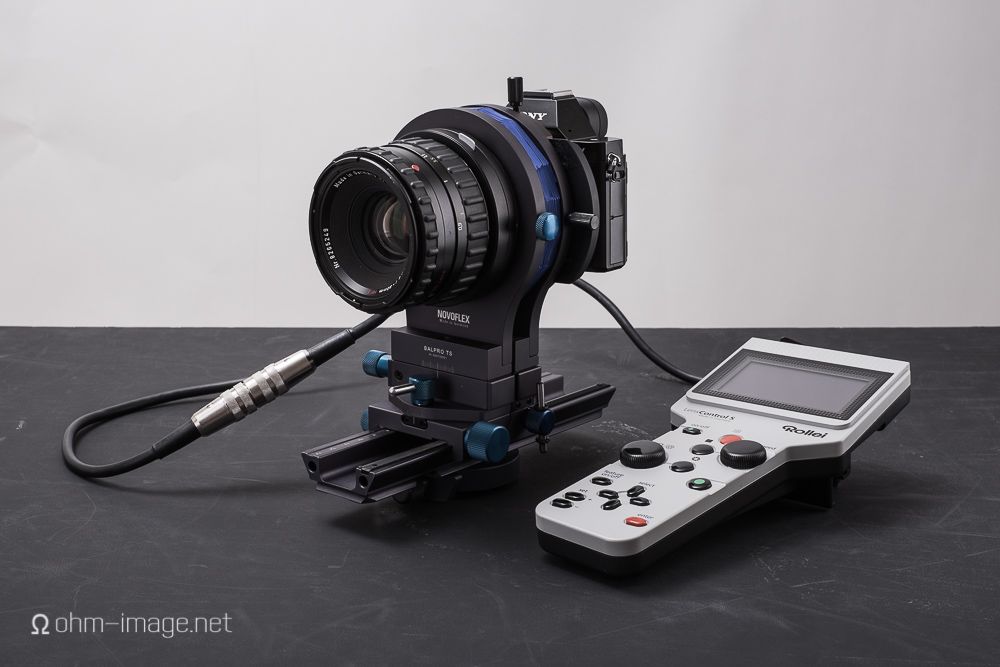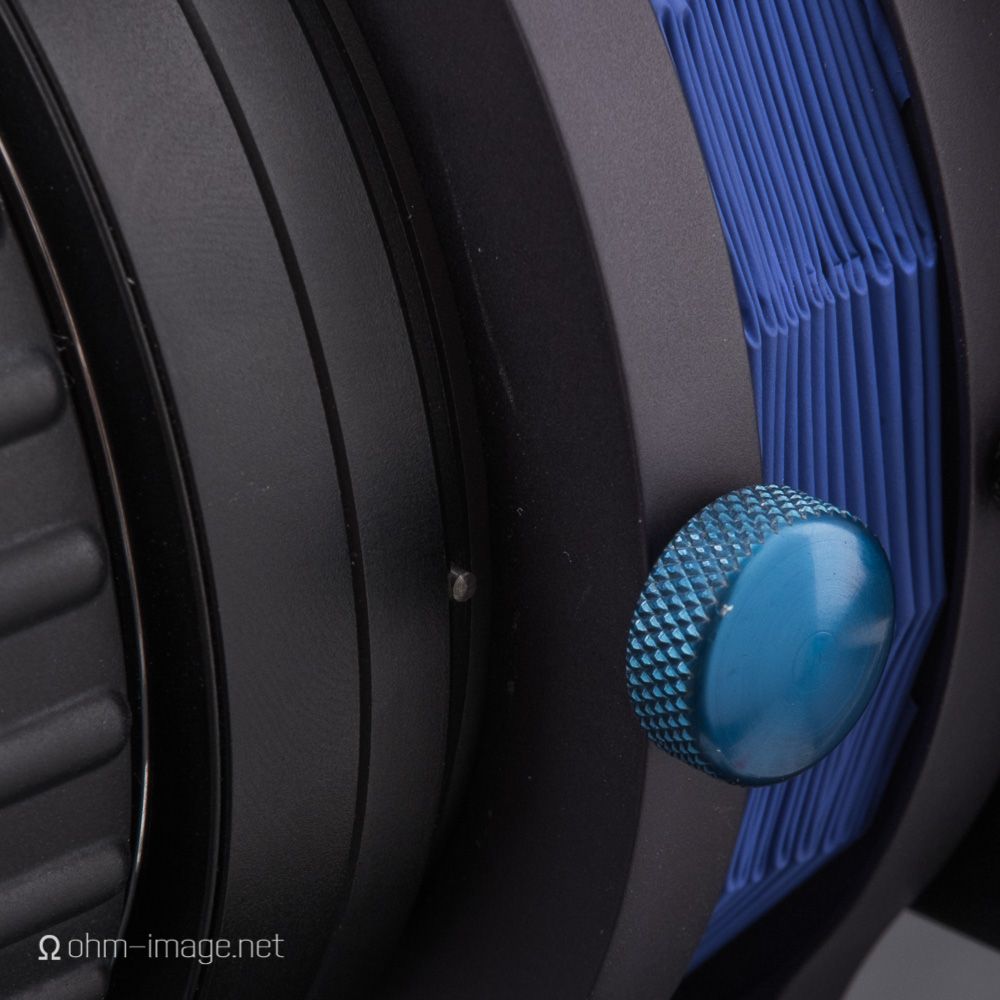Novoflex BALPRO T/S adapter review: Part 2 – stability and accuracy
Novoflex BALPRO T/S adapter review: Part 2 – stability and accuracy
guest post by Nathan Wright (ohm-image.net)
In part 1 of this review, I discussed the design, operation, controls, and modularity of the Novoflex BALPRO T/S. In this part, I will focus on the stability and accuracy of the BALPRO T/S system for use in the studio.
Focus
Still life photography requires incredibly tight focus. It requires repeatable results. Just-about workmanship and focus can render simple jobs difficult, and lose clients. Most of my non-magazine work is spent nailing angles, lighting, and reflections. The actual taking of photographs is almost an afterthought. After all, when everything is ready, a photograph only requires the depressing of the exposure button. But at the end of a hard day of cleaning, placing, and endless adjusting, I need a camera system that does its job quickly and with as little fuss as possible.
Suffice it to say that when camera/stage angles are set, nothing must ever move. At macro distances, fine reflections can drastically change from the slightest sag of lens or camera.
This is the single biggest reason I prefer using geared equipment. As I mentioned in part 1, the BALPRO T/S has three geared controls:
1. front standard focus
2. front standard shift
3. rear standard shift
Each runs on metal teeth and gears, and is labelled to the millimetre. Measured and minute movements are easy to make. While no camera movement is labelled in increments smaller than 1mm, it is possible to set up good macro composites with the aid of muscle memory and a good eye, not to mention the proper use of a tape measure and those geometry lessons you had in secondary school.
Lateral shifts move with little pressure, and once set, never fall due to gravity. The focusing bolt on the front standard requires greater torque to turn, and it can be locked. As a result, it is a dream to use, and is far more accurate than the camera I used before, the 4×5 Horseman LD (pictured in part 1), which uses plastic focusing gears.
Of course, because the BALPRO T/S lacks a unified monorail, stacked focus, while accurate, is quick and dirty. If you are a capable mathematician, and very, very careful, you can achieve similar results with a good macro tilt/shift lens. The benefit to the BALPRO T/S is that every forward movement increases distance toward the subject in logarithmic, not exponential increments. That means a faster workflow. And a faster workflow means better dime for your time. And I’m not a mathematician.
I do miss the focusing monorail, but after completing four commercial shoots with the BALPRO T/S, I can say with unequivocal indemnity, that these compact bellows are most capable.
Stability
The eyelet system in which each standard is housed is phenomenally stable for its size. It is, in fact, the stablest subcompact bellows I’ve used, bar none. Part of this is due to the BALPRO T/S’s lightweight (1kg>) skeleton, which puts little stress on tripods and heads, no matter the angle.
More importantly, BALPRO T/S lacks yaw adjustment. Therefore, neither standard ever pitches forward or back, no matter how much pressure is exerted. As I mentioned last time, the lack of yaw movements means that the BALPRO T/S has to be re-mounted vertically to assume yaw movements. Still, the pressure locks keep things tidy.
Despite being such a lightweight, the BALPRO T/S is able to absorb shutter shock from cameras with wild shutters. Cameras such as the Sony A7r transfer little to no vibration to the image. If you are using medium format backs with leaf shutters, bob’s your uncle. Its most direct competitor, the Horseman VCC Pro, can transfer shutter shock to the image even at flash sync speeds of over 1/80. For the magazine work I do, I publish quick/dirty exposures of MP3 players with lit-up screens. For them to work in a jiffy, I need 3-second exposures and flash. And the BALPRO T/S pulls through wonderfully as can be seen in these simple and dirty magazine images.
For comparison’s sake, here’s what happens when you try stacking with the Horseman VCC Pro. The below photo is of the amazing Fostex HP-V1 portable valve headphone amp, which I reviewed here.
And here’s a stacking result from the BALPRO T/S. It is of the Noble PR universal earphone. I have never used it in real life, but own the awesome K10 custom.
While the BALPRO T/S is capable of returning sharp, repeatable results for stacking, macro, and long exposure photographs, you will have to understand a few things about the camera before going forward:
1. vertical tilts are less stable than horizontal tilts
2. both standards cannot be focused concurrently without the use of an external focusing rail
3. you must rely on external levels in order to obtain accurate vertices
4. at macro distances, every twist of the focus knob will throw the image up or down; at the time of exposure, most discrepancies will be rectified, but expect small anomalies.
And wide angle lenses, can, with the help of the sliding back, be made to cover many sensor shifts, which is how I took this this photograph for Noble Audio. It consists of three shifted photos.
Levelling
As mentioned above, the BALPRO T/S lacks native yaw movements. Novoflex designed the system to be compact, lightweight, and modular. Part of that meant ridding the camera of certain items, like spirit levels, which grace most technical cameras. My most-used tripod is the Arca Swiss Cube geared head, which has two levels. When using non-moving bellows or lenses, those levels come in handy. But when using tilt-shift, or bellows cameras, they are only useful for setting tripod angles.
Some cameras, such as the Sony A7r, contain internal compasses that can help set truly flat vertical horizons, but they require the photographer to stand behind her camera. When combating bright environmental light, or when in tight spaces, levelling a camera is much easier using spirit levels. I’ve taken to affixing a small spirit level to each parallel surface of the BALPRO T/S. I adjust the tripod to get the angle, then the BALPRO T/S to get the right standard angle.
While I agree with Novoflex that space is limited, I am sure they could have found a way to include spirit levels on each standard.
Infinity focus
The majority of my photography is taken at distances from 0,4 – 3 metres. Only when I shoot models and events am I ever worried about infinity focus. That said, non-retrifocal wide-angle lenses of 50mm – 90mm need special adapters to achieve focus on objects placed farther than 2 metres from the camera.
Even in recessed lens plates, when used in conjunction with flanged camera backs (Fujifilm X, Sony FE, Nikon, Canon, Leica S, Phase One DF+, etc.,) 50mm lenses will never focus farther than a few centimetres from their front element. For these lenses to properly reach infinity, medium digital and film format backs are the only ticket.
In order for my lovely Fujinon EX 90/5,6 to achieve infinity focus with a Sony A7r or Fujifilm X-T1, I had to get Novoflex to drill an M39 thread into a recessed Copal 0 adapter. And work it does. Apart from problems with internal reflection, this lens is brilliant. Sharp, contrasty, and easy to focus, it’s an enlargement lens made in heaven.
My other favourite lens, the wide angle Rodenstock APO Digital 45/5,6, wont’ achieve infinity focus with any flanged camera. I only use it in conjunction with medium format backs.
Movements
Architectural photographers that get on with tilt-shift lenses will dig the BALPRO T/S. So will macro users. But one-shot technical users will find the BALPRO T/S too limiting to hard Scheimpflug photography.
Know your needs, and purchase accordingly.
For most of what I do, the BALPRO T/S is mete. But there are times when I find it limiting.
And while I’m generally not photographing greater-than-1:1 distances, hardcore macro photographers may find the BALPRO T/S somewhat limiting without a separate focus rail.
Compatibility with Rollei’s X-ACT system
I should have started this review stating that the BALPRO T/S really is a baby X-ACT 2. No, it isn’t capable of making the same camera movements, but out of the box, it is a more flexible camera for both wide angle and tele lenses. Its bellows compress flatter, allow greater movement, and weigh far less.
From what I understand, every lens and camera adapter for the X-ACT 2 system can be used on the BALPRO T/S – with some provisos.
The first of these is:
1. some of the adapters and lenses weigh almost what the bellows themselves do, which, when combined with heavy cameras, heavily stresses both sides of the BALPRO T/S.
2. The X-ACT 2 lens boards have a small locking pin that prevents the lens from rotating. That must be removed in order for lenses to properly lock into the BALPRO T/S.
Those issues aside, I can say plainly, that, while the X-ACT 2 is far more comprehensive, the BALPRO T/S is easier to get up and running, and it works with far less fuss. Case in point: changing to wide-angle lenses from tele lenses doesn’t require you to also change bellows. The Copal 0 recessed plate I use with the BALPRO T/S doesn’t work with on the X-ACT 2 unless the wide angle bellows are attached. The attaching flange on the forward edge of the bellows blocks the adapter from properly attaching to the camera.
And yet, the X-ACT 2, itself a compact monorail bellows system, is a good step up from the BALPRO T/S. It allows much of the movements possible from 4×5 or 6×7 technical cameras without the bulk or weight.
Both units work with Rollei’s excellent Lens Control S system. Excepting the above provisos, so do all lenses and camera adapters. In other words, if you simply must have the levels, longer focus throw, and more comprehensive movements of the X-ACT 2 system, you can step up without having to reinvest in a whole new system of adapters.
I have used the BALPRO T/S now for over five months, for both commercial photography and for fun. The above three observations were made whilst using it in both. I expect that I am now more familiar with the system than are most dealers out there.
End of part 2: stability and accuracy
In part 3 I will discuss how the camera works whilst out and about, and show images from recent hiking and tourist trips.


